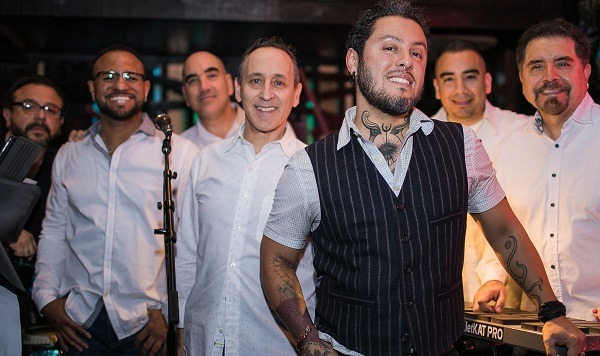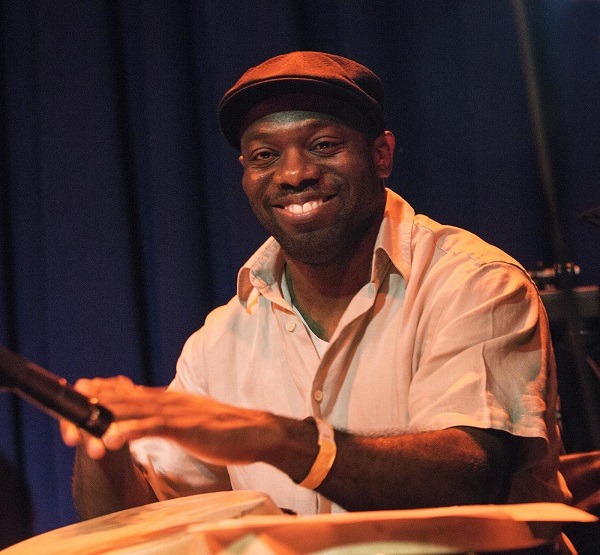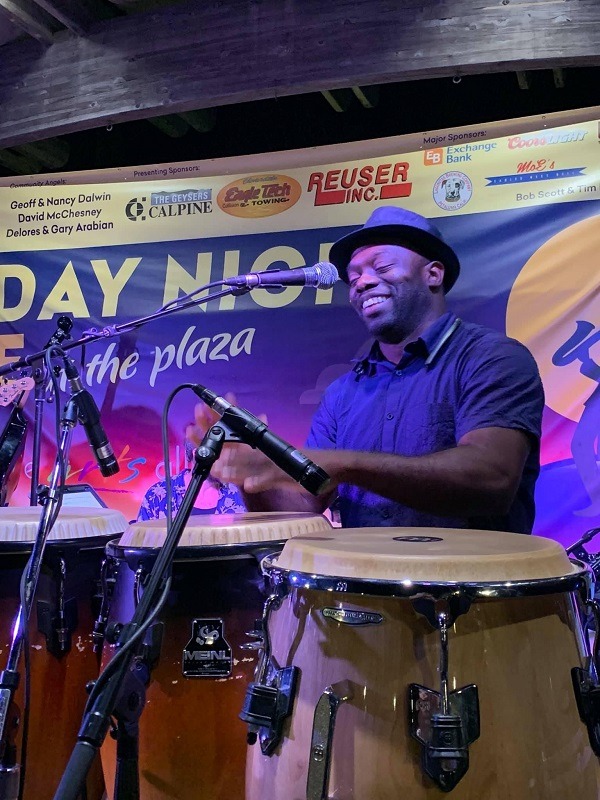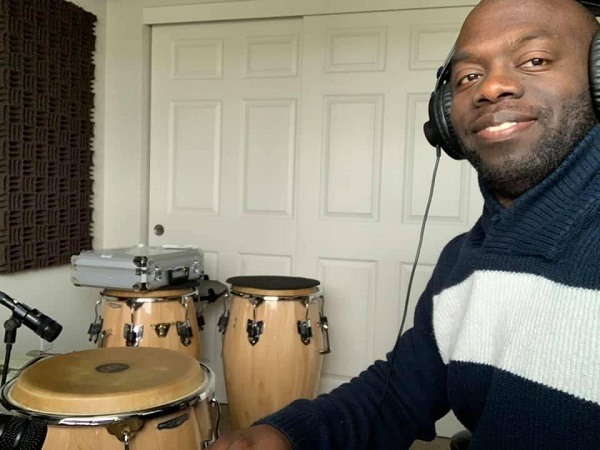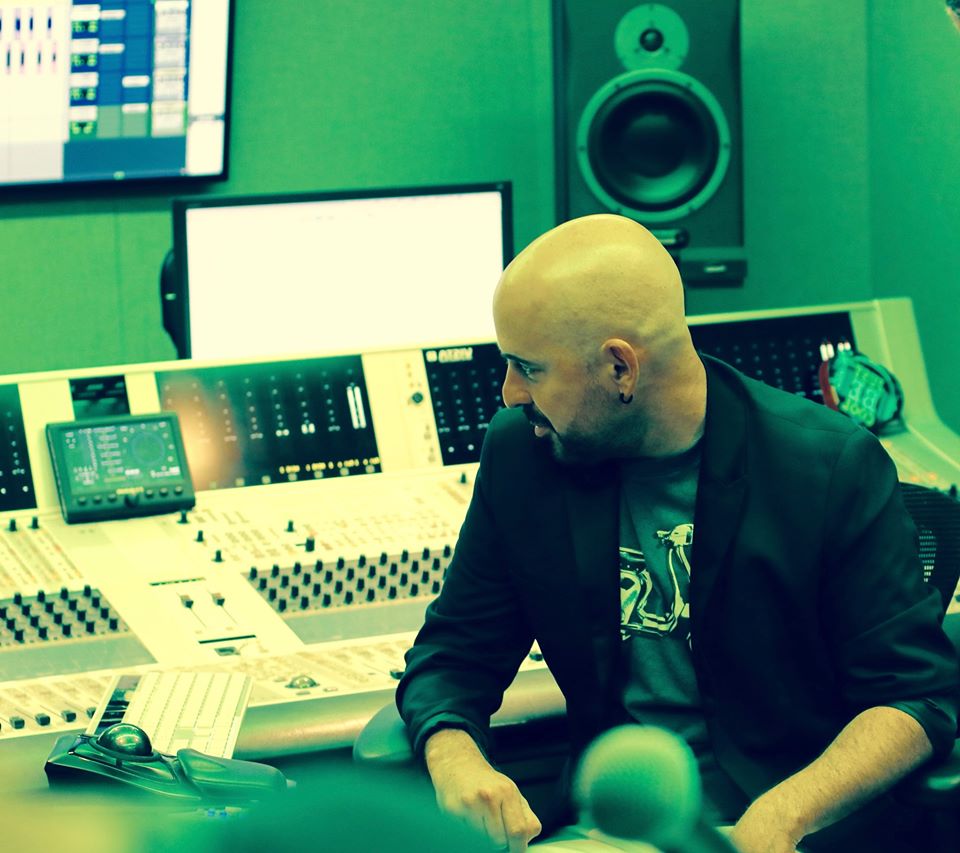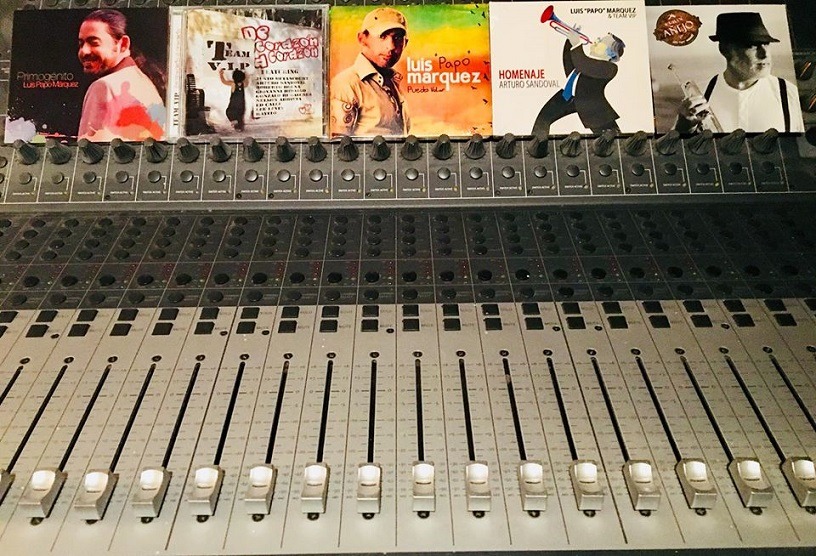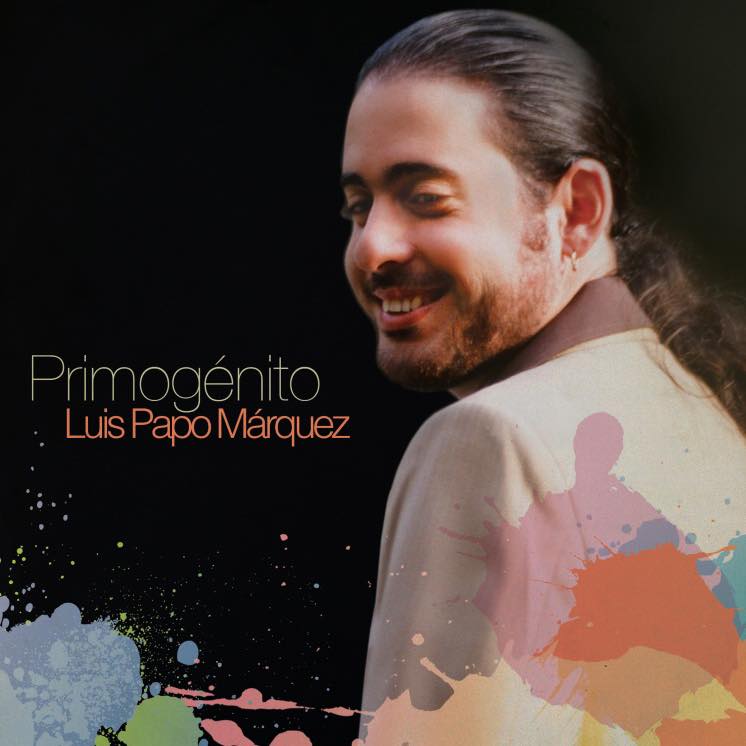Canelita, the Venezuelan sonera, died on Tuesday, July 4, 2023. It was recently announced that the singer had to undergo surgery to implant a hip prosthesis.
The 84 year old artist was the mother of Venezuelan interpreter Trina Medina.
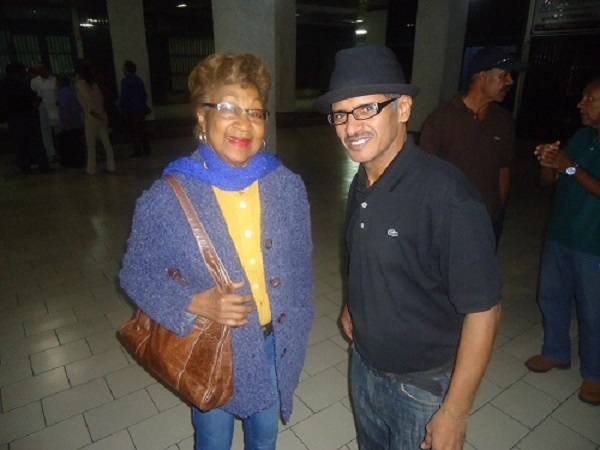
Rogelia Medina, popularly known as “Canelita” and nicknamed by the media as “La sonera de Venezuela” and “La sonera del Caribe”, leaves today at the age of 84 after having delighted the Caribbean and her country like birds, with all the strength of her tenderness.
Songs such as: “Tanto, tanto, tanto” “Besos brujos” “Lágrimas negras” among others will remain forever in our hearts.
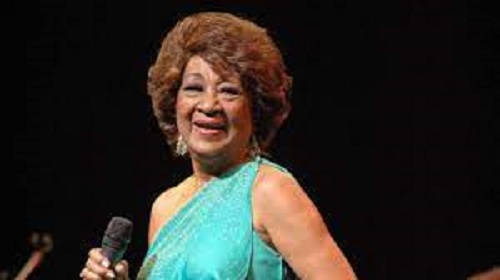
She had an unmistakable voice, both for her timbre and her sweetness, for that particular way of intoning with such a sweet strength, because she never wanted to impose herself. She was always herself, with a gift for people, and a truly unforgettable charisma.
What Venezuela, the Caribbean and Latin American popular music have just lost is not little, because she also represented effort, prudence and that femininity that dictated a lesson, even in the choice of her repertoire.
Life
She was born on March 6, 1939 in La Guaira, in the central Venezuelan coastline that she truly loved. Whether it was in the area of El Playón, near Caraballeda, or in the town of Anare or towards Catia de la Mar, Rogelia experienced the joy of the sea air and the way of being of those born on the coast, with drums, joy, cadence and music always. They have their own codes.
She is not the most Cuban of the Venezuelan women, as some media erroneously affirm. No and no. She is the greatest Venezuelan interpreting the Cuban son and much beyond, because she interpreted other Caribbean and Venezuelan genres with extraordinary solvency.
She always knew, and soon the rest of her countrymen knew, that she was born to sing. The musical environment at that time was not very favorable for women, much less in son or guaracha. Like many other women in Venezuela and the Caribbean, she started on the radio.

This is what she told researcher Jairo Aponte, from Puerto Cabello. When asked about her first contact with show business, Rogelia answered: “It was because of some friends I had who knew that I liked to sing. There was a program on the radio station Ondas Populares called Buscando Estrellas (Looking for Stars) and they insisted.
They encouraged me so much that I went to the program. The first time I was bleeped, the audience bleeped me, but the second time in the same program the accompanying orchestra was the Sonora Caracas and they suggested me to rehearse before competing again.
Then, hidden, we rehearsed “Saoco” sung by Celia Cruz. I returned the following week and won the contest, and best of all, from that moment on I stayed with the Sonora Caracas, with whom I stayed for eight years”. It was 1957.
In 2022 a tribute was made to him at the Museum of Afro-American Art located in San Bernardino, Caracas. Trina Medina, Betsayda Machado and Juan José “el Indio” Hernandez participated in the meeting.
Peace to his soul, God receive you in a beautiful place.
Great you are Canelita.
When it comes to compositions, Luis “Tata” Guerra is widely known internationally
Read Also: Trina Medina

